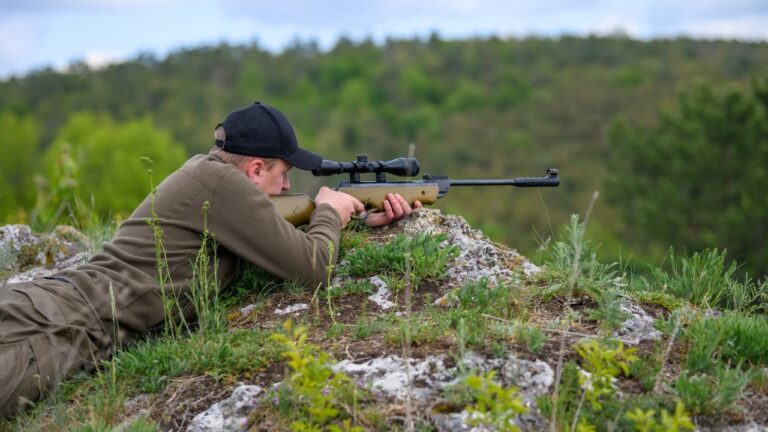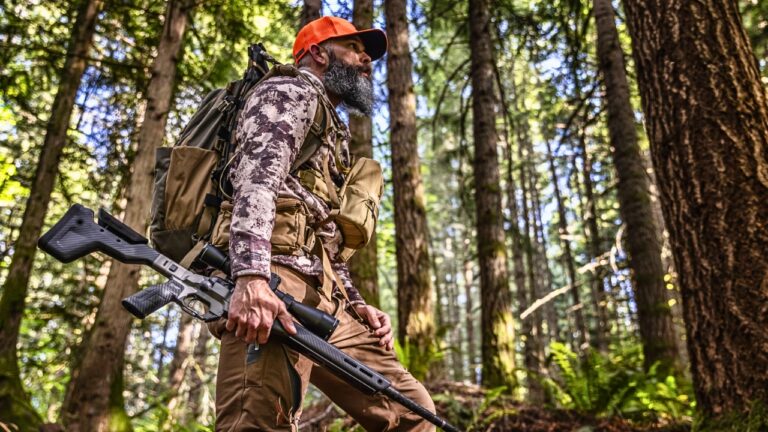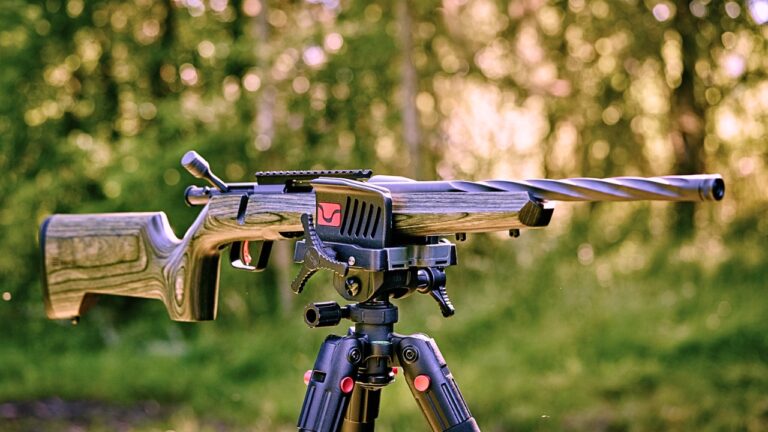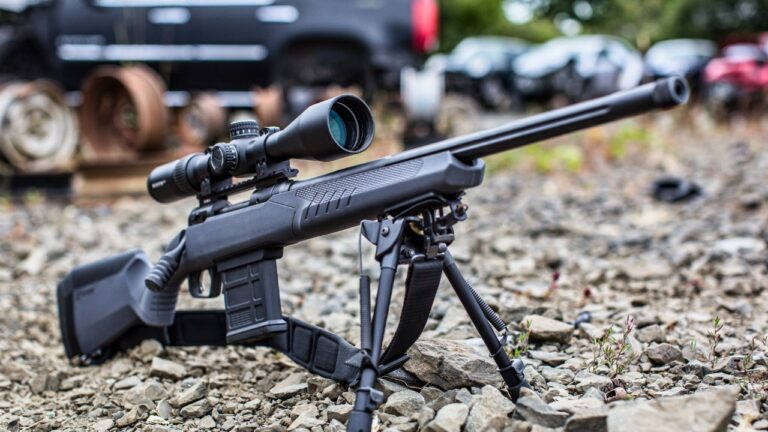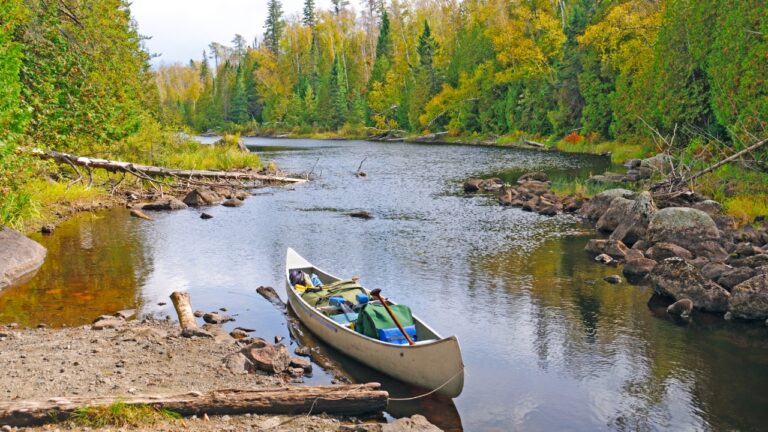When you’ve been hunting long enough, you learn deer don’t move for the sake of moving—they move when they need to, and the weather plays a big role in that. Certain changes can shut movement down in a hurry, no matter how good the spot looked the day before. If you’re burning daylight in the wrong conditions, you’re wasting time and alerting deer to your presence. Knowing what weather slows them down can help you plan your sits when they’re most likely to be on their feet.
Sudden Warm-Ups
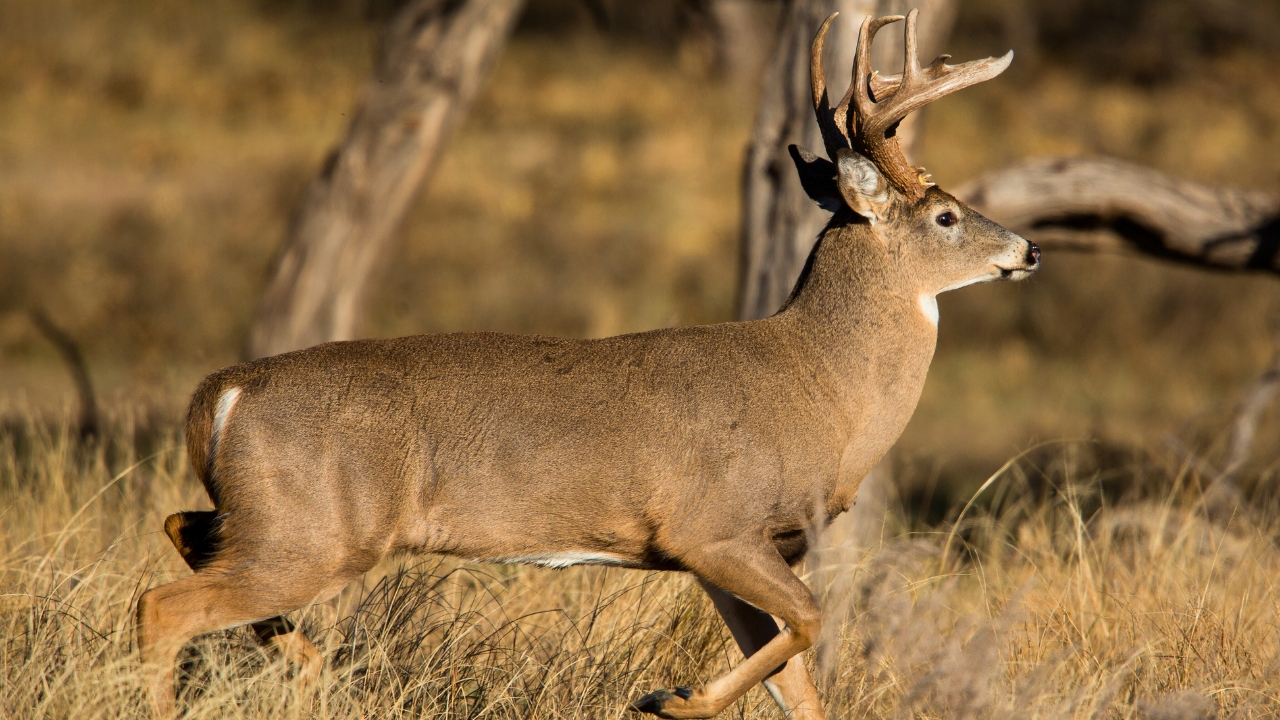
A sharp rise in temperature can make deer hunker down. They burn less energy staying warm, so there’s no urgency to feed during daylight. Instead, they wait until the cooler hours after dark. This is especially true late in the season when they’ve been burning calories in cold weather. If you see an unexpected warm front on the forecast, expect movement to drop and adjust your hunt to early mornings or after the heat breaks.
High, Gusty Winds
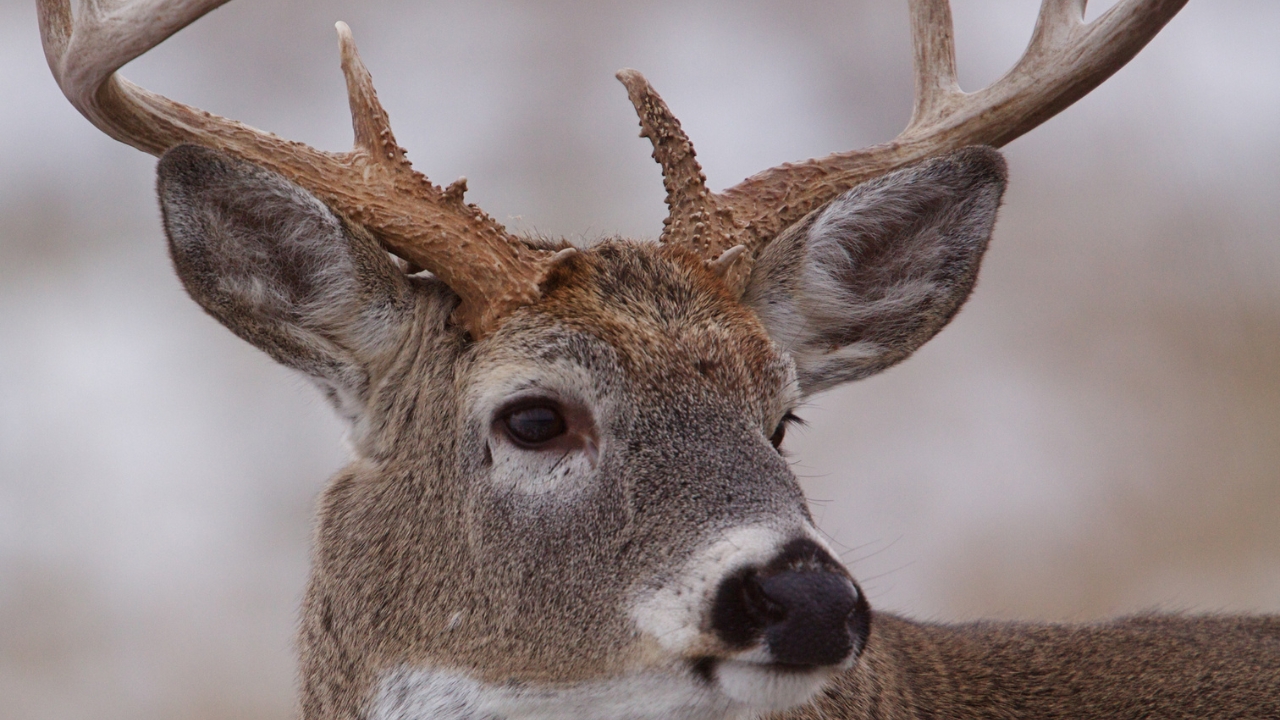
While deer will tolerate a steady breeze, gusty winds mess with their ability to hear and smell predators. That alone can make them stay bedded longer. Add in the constant movement of branches and brush, and you’ve got a situation where they feel exposed. On high-wind days, your best bet is to focus on leeward ridges or sheltered valleys where deer can still feel secure while moving. These areas block enough wind to make them worth traveling through.
Sudden Barometric Drops
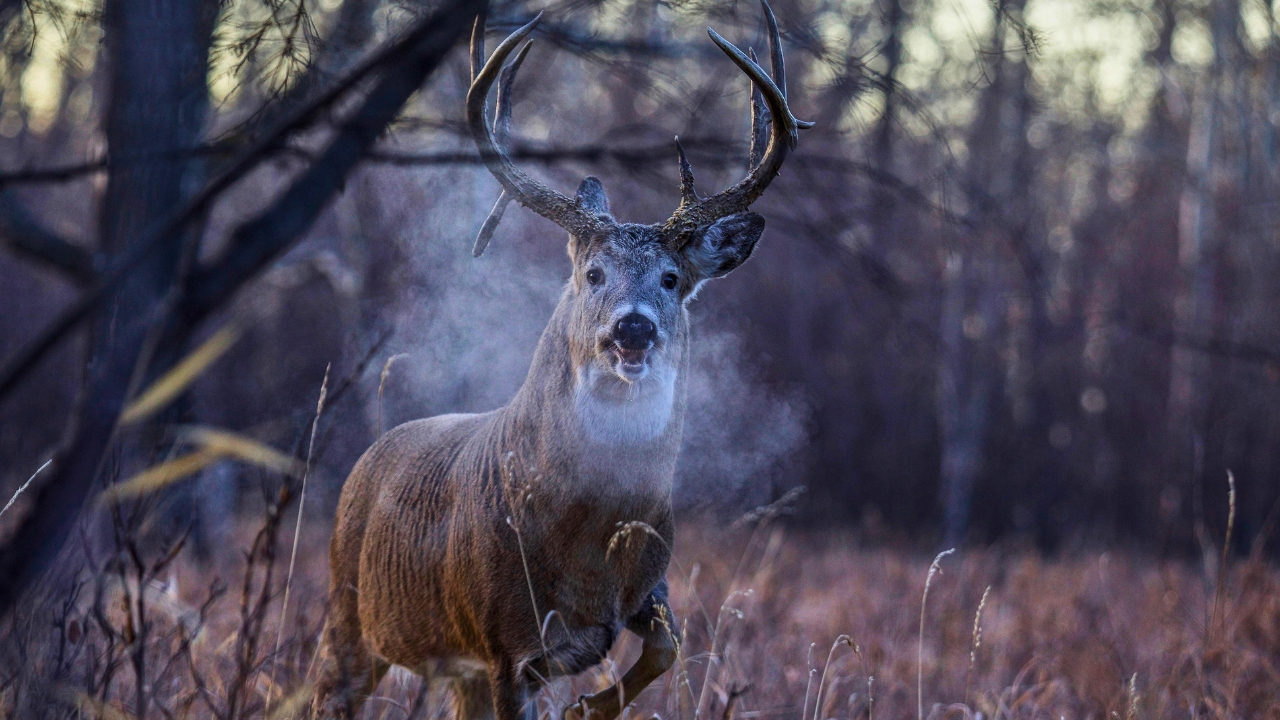
A quick drop in barometric pressure—often ahead of a storm—can signal to deer that bad weather is coming. While movement often spikes right before the drop, once the pressure bottoms out, activity usually slows. Deer conserve energy during storms and wait for better conditions. If you’re hunting through a major low-pressure system, you may be better off planning your sit right before it hits or immediately after it passes when movement tends to pick up again.
Heavy Rain or Snow
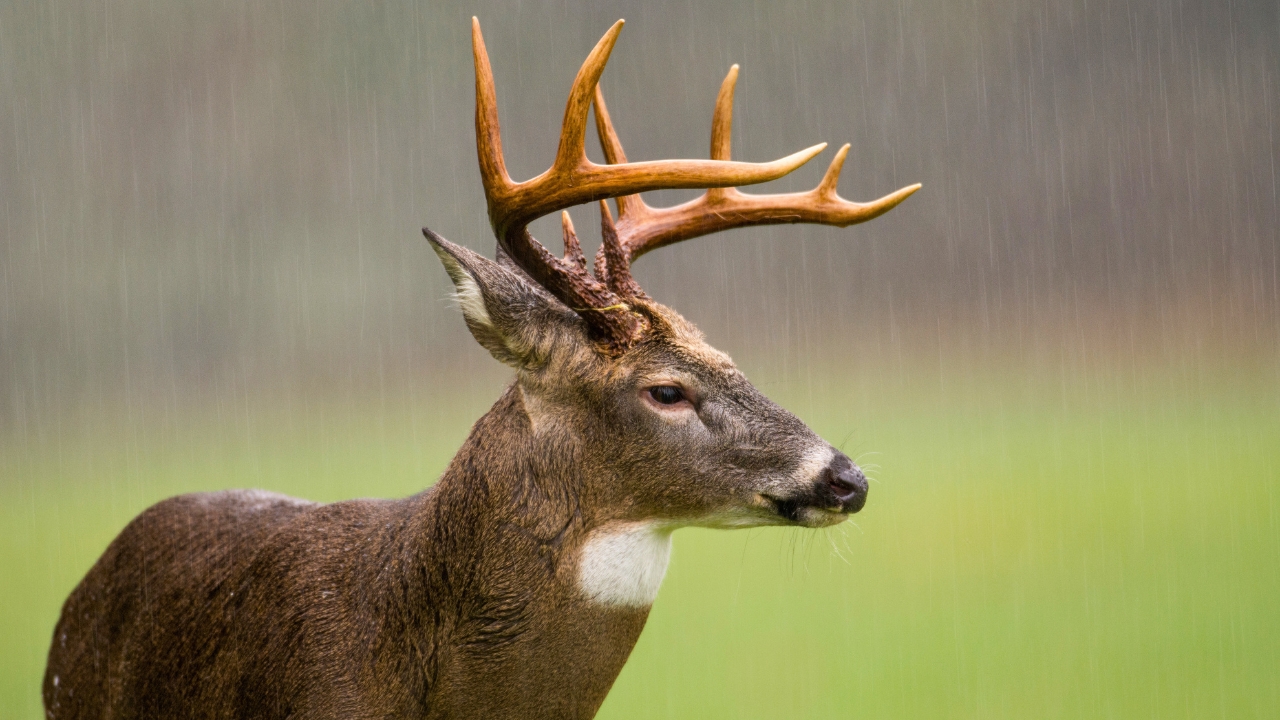
Light precipitation often doesn’t bother deer much, but heavy downpours or thick snow will. They’ll usually bed down and wait for it to ease before moving again. Constant wet or deep snow makes travel harder and burns more calories, so they limit movement to what’s necessary. If you’re hunting in this kind of weather, focus on bedding cover where deer ride out the worst of it. Once conditions ease, they’ll often head to feed within a short window.
Sudden Temperature Drops Without Precipitation
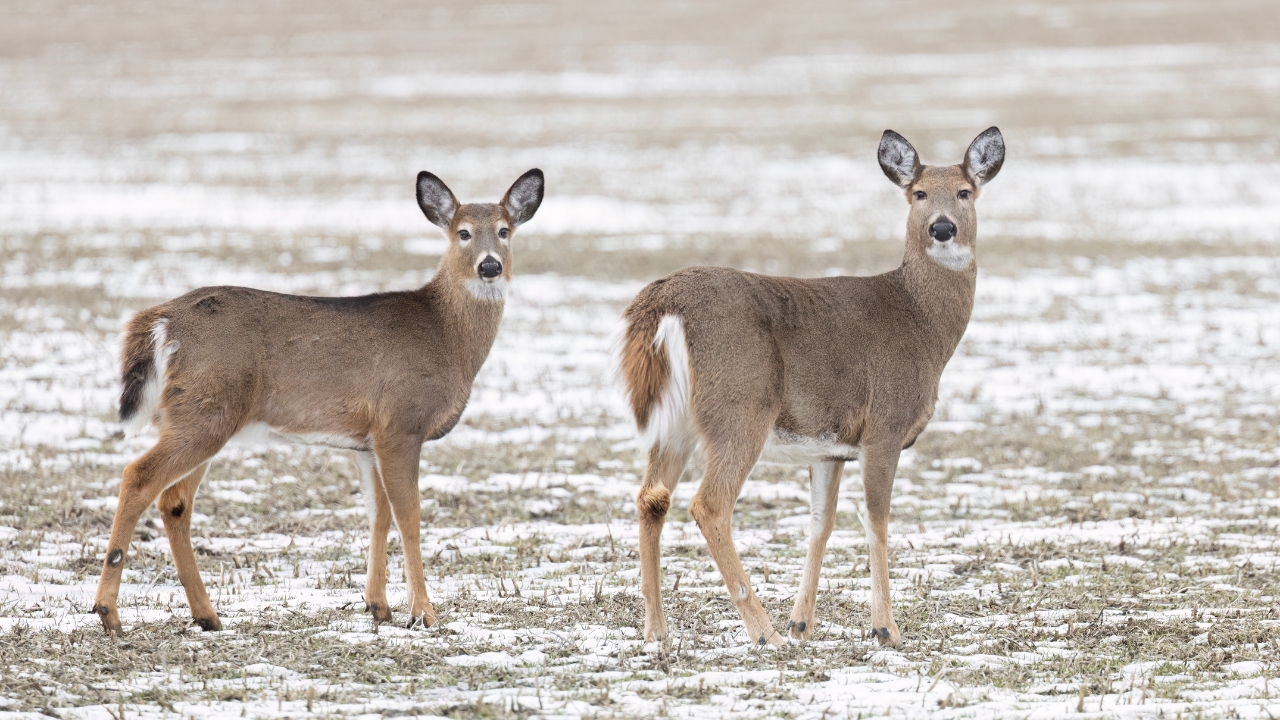
While a gradual cooling trend can spark movement, an abrupt temperature plunge without other weather changes can stall it. Deer sense instability and will often wait to see how conditions settle before committing to longer travel. This is common when a cold front moves through fast, especially if it’s paired with high winds. Give it a day for deer to adjust to the new normal, and you’ll often see activity pick back up as they settle into the colder pattern.
Extended Calm, Clear Conditions
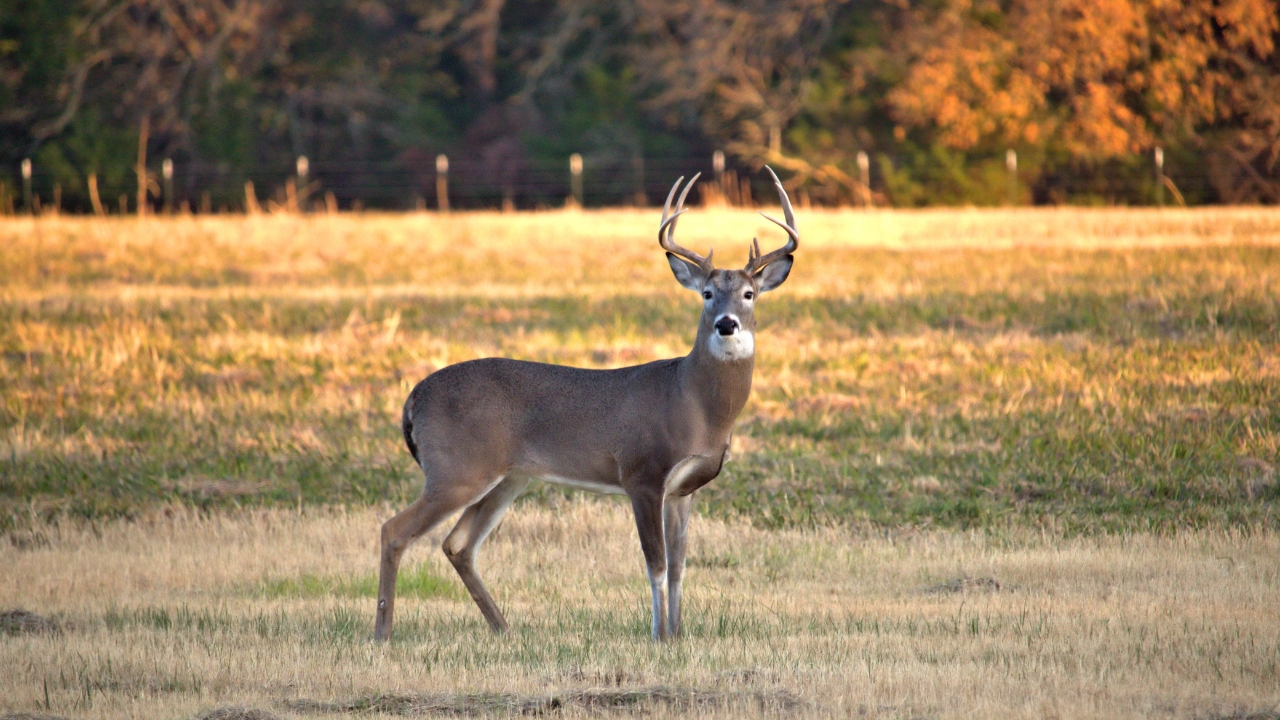
Oddly enough, perfect weather can slow movement too. When conditions are stable, deer don’t feel pressured to feed during daylight—they can move comfortably at night and bed during the day. While these conditions are nice for hunters, they don’t always translate to high activity. In long stretches of calm, clear weather, focus on hunting travel corridors close to bedding areas where deer may make short, cautious movements during shooting light.
*This article was developed with AI-powered tools and has been carefully reviewed by our editors.

